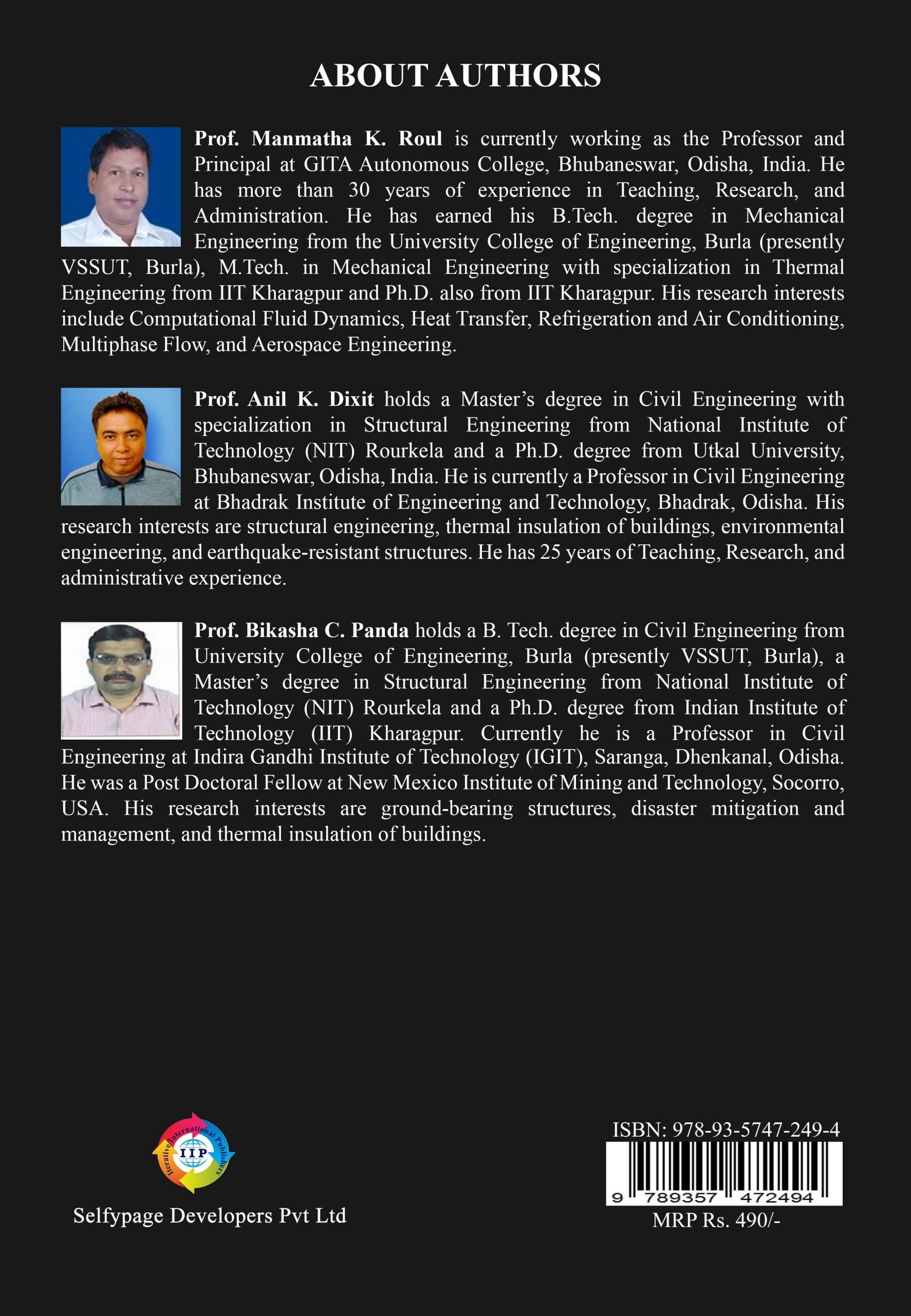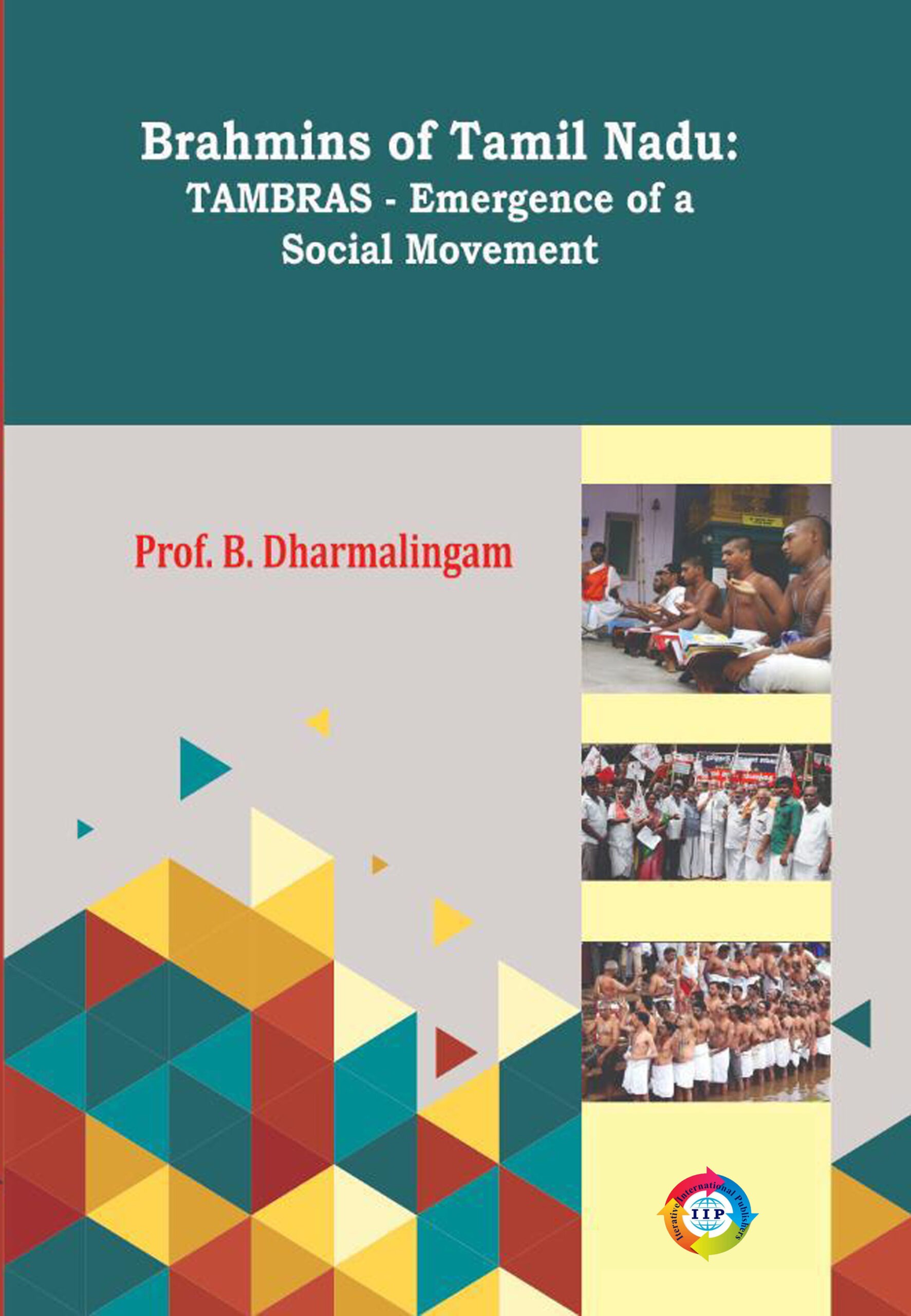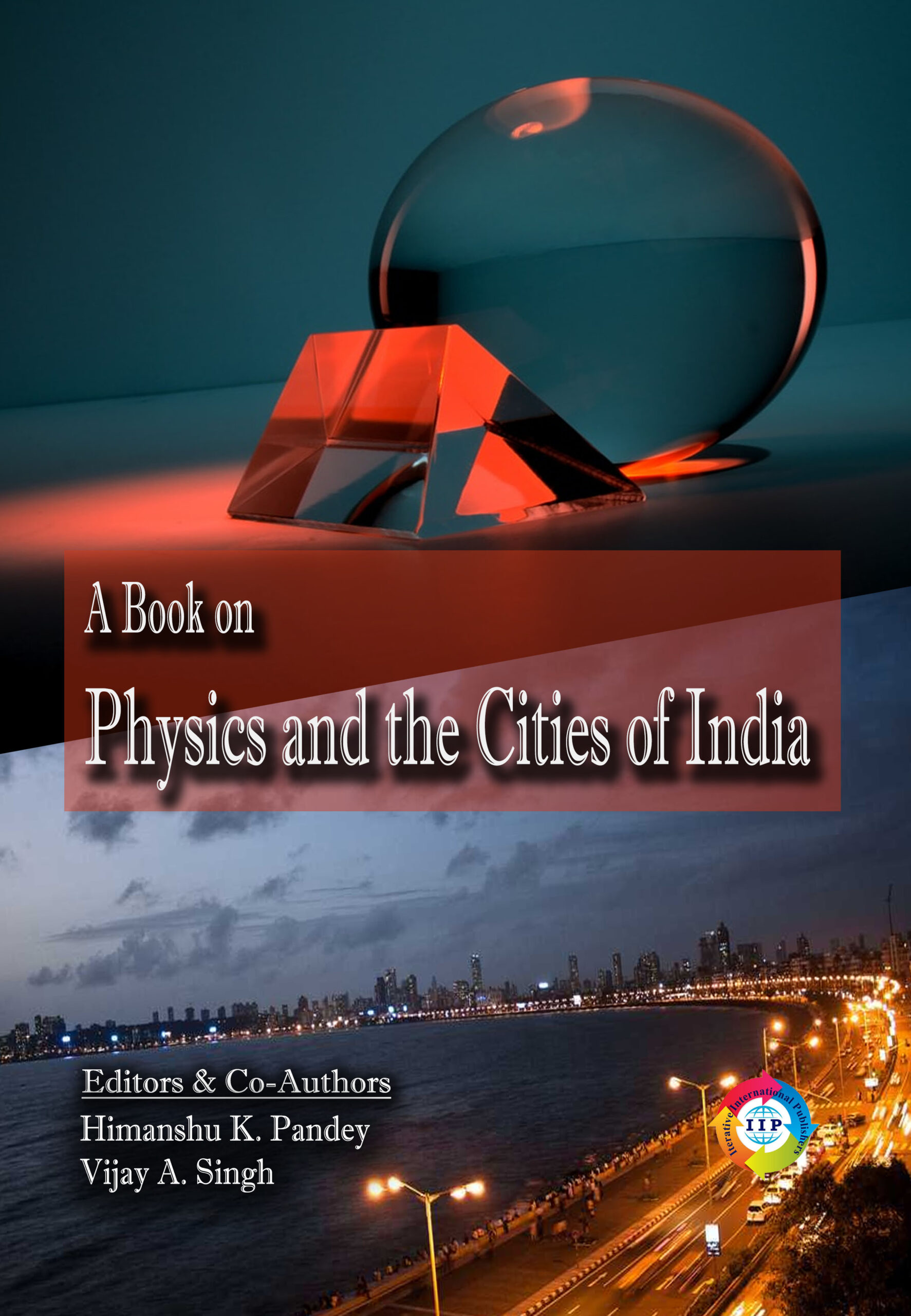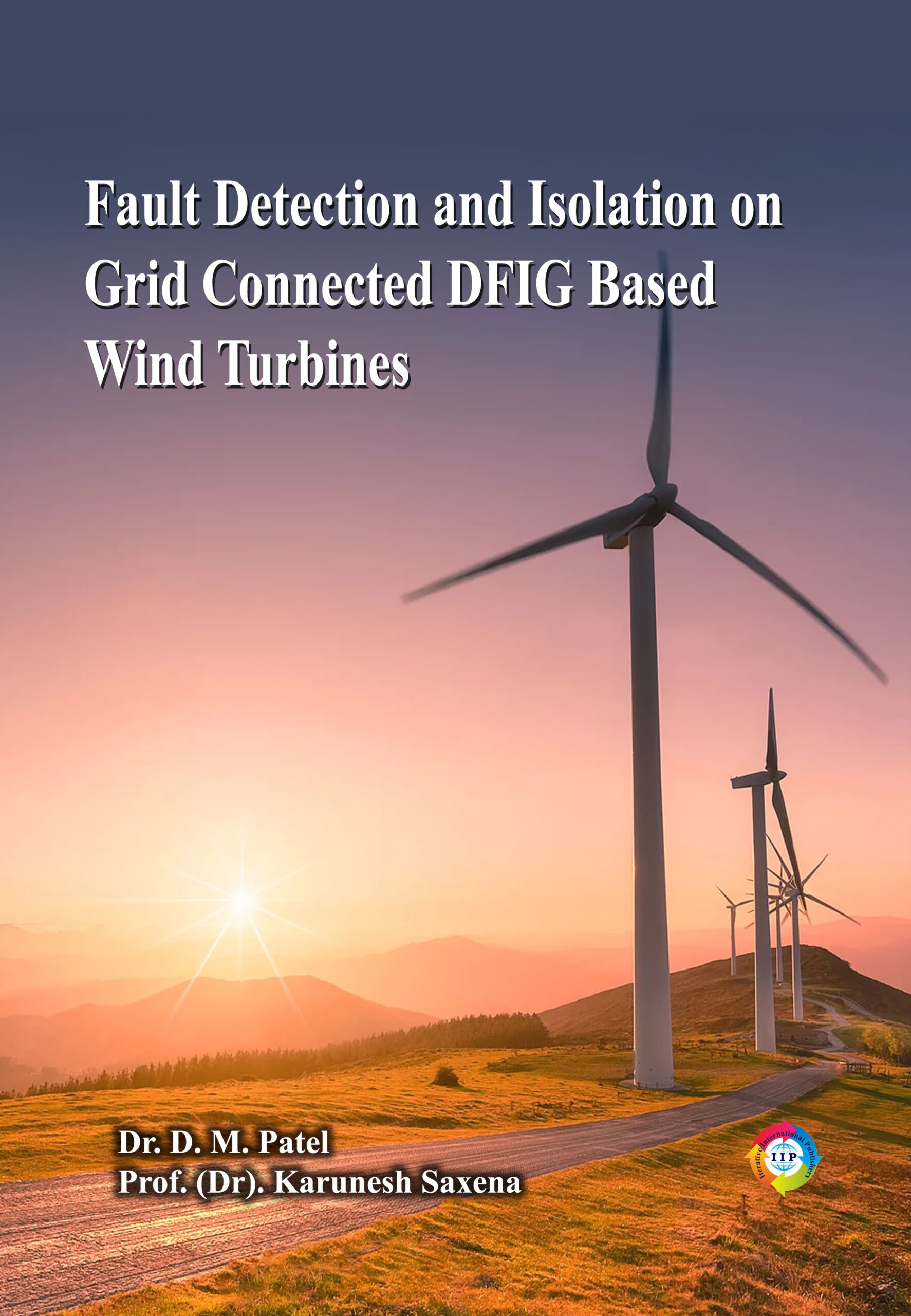It is high time efficient insulation systems should be given utmost importance as the energy prices are very high and the strain on the environment is immeasurable. The excessive demand for energy is due to the fast and unexpected growth in the world population. All the nations are facing an energy crisis and in order to reduce the consumption of energy so as to maintain a standard in the lifestyle in the industrialized country as well as in developing countries, the issues related to energy consumption cannot be ignored and measures should be taken for the efficient use of renewable sources of energy.
If any country desires to adopt an energy strategy, the foremost focus will be on saving energy. The limited resources of energy and the load of pollution in the environment due to excessive use of fuel have forced all the nations to save energy for a better and improved lifestyle.
Modern buildings are expected to use less or even almost no energy to reduce carbon emissions. In order to make this happen, the buildings are required to use insulated fabrics so that heat transfer can be minimized. The constraint here lies in the selection of the most effective and efficient product by the end user for the building project. All the manufacturers of thermal insulation materials available in the market claim their products to be unbeatable in performance. Here, in this book “Thermal Insulation in Residential Buildings”, we have attempted to provide a solution to the end user’s problem in choosing the most efficient thermal insulation materials which are not only readily available but also cheaper. This book serves as a single source of information for the users as it presents the variations, the technical details, and the capabilities of the most efficient thermal insulation materials for building applications.
In this book, different mathematical models have been developed with the help of different optimization techniques. Numerical modelling is utilized to predict the temperature of the different walls such as ferrocement wall, RCC wall, and three cavity walls such as combined twin RCC walls, combined twin ferro cement walls, and combined ferro cement and RCC walls. Mathematical modelling is achieved by reducing the cost and time devoted in the case of extension of the existing work. The thermal execution of building roof components subjected to variations of the temperature on the rooftop was inspected with (treated) and without (untreated) insulating materials. The optimal system weight can be accomplished with a number of optimization techniques such as Group Search Optimization (GSO), Genetic Algorithm (GA), Cuckoo Search (CS), Bacterial Colony Optimization (BCO) and Social Spider Optimization (SSO). The optimal values are based on minimizing the error and accurately predicting the temperature of different walls.
This book is worth reading for any practitioner desirous to understand and select the right modern thermal insulation materials for building projects.









Reviews
There are no reviews yet.